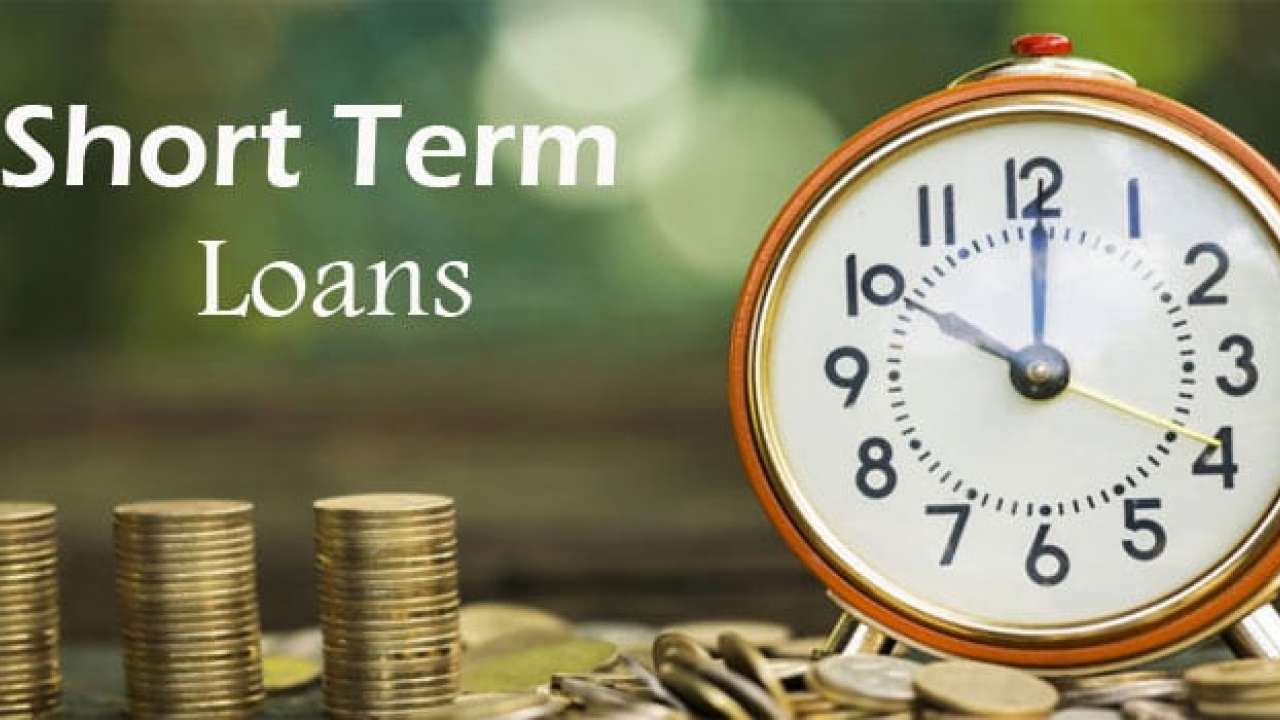More of us are struggling to make ends meet, as the cost of living rises. This can be especially worrying if you’re faced with an unprecedented expense, like an urgent car repair, or a faulty boiler than needs to be fixed – and you’ll be left wondering how you’re going to pay for it. Thankfully, this is where short term loans can help. Online lenders can offer a range of loans for you to use to deal with an emergency when your cash flow won’t cover it. Whilst there are obvious benefits that come with these loans, there are a few risks to consider before applying which we’ll look at in more detail below.
What is defaulting?
Defaulting on a loan can happen if you do not meet the repayment requirements set out by your lender. If you miss a payment after one payment cycle – which is usually around a month – your account will become delinquent. If you then do not pay what is owed in the next 3-6 months, this term can differ depending on your lender, then your account will default. Defaulting typically means that you’ve not been able to uphold the repayment terms you agreed with your lender. This is why it’s so important to ensure that you are aware of the total cost of borrowing that comes with a short-term loan. The terms in which you pay back one of these loans are shorter, so you must be prepared to make frequent payments over a short space of time.
What are the consequences?
So, what happens if you cannot pay back your loan which results in your account having default status? Here are a few things that you can expect to happen if you don’t meet the repayment requirements set out by your lender.
- Fees and penalties: Depending on your lender, it’s likely that you’ll be charged late fees and penalties. This can change from one lender to the next, but sometimes, even if you miss a payment by a day, this could end up with additional funds on top of the cost of your scheduled payment. Make sure that you are aware of these costs before you choose your lender. This can end up increasing the overall cost of your loan.
- Damaged credit report: Your lender will report your account to the credit bureaus after a payment cycle has passed – this could be around 30 days with no payment. Delinquency status can stay harm your report and will lower your overall credit score. This will stay on your report for 7 years and will hinder you from being approved for additional finance in the future.
- Collection agency: Your lender will determine the time frame in which they will refer to a ‘charge off’ on your account, it’s usually around 6 months with no payment. A collection agency will then try and get the money you owe back. This could result in the agency suing you for payment, or you may be taken to court.
How to avoid defaulting
As we can see above, taking out a loan that you are not able to pay back can be detrimental to your life in several ways. It could have an impact on your credit report for years to come, leaving you with bad credit, and you could even end up in court. This can be a distressing process to go through, so knowing how to avoid your account defaulting is advantageous.
Make sure that you know the total cost of borrowing before you apply for a loan, including the interest, and additional fees you may have to pay. Make a budget that helps you to get your finances in order and allows you to make changes to prioritise repayments and automate payments so you don’t forget. If there’s no way you can make the repayments on time, you can contact your lender and they will be able to point you in the right direction to get help with money management. The worst thing you can do is ignore the issue, as this will only make it worse.
